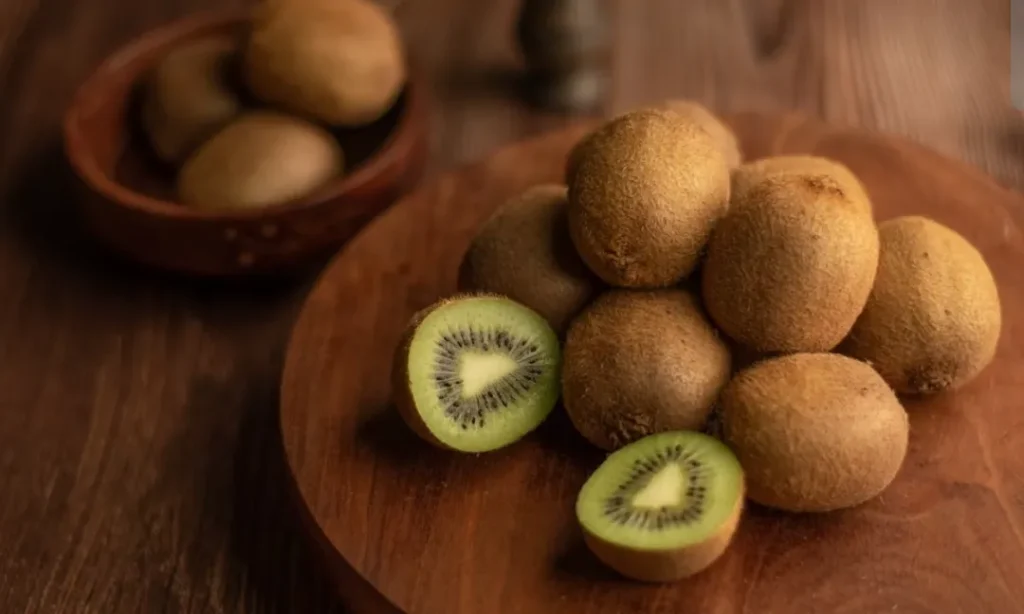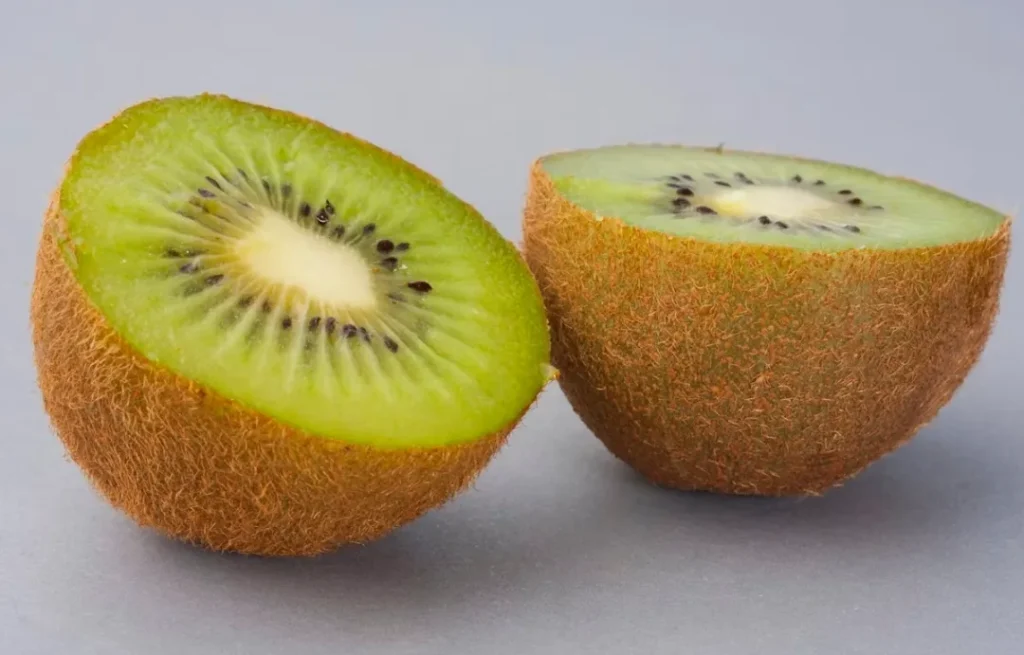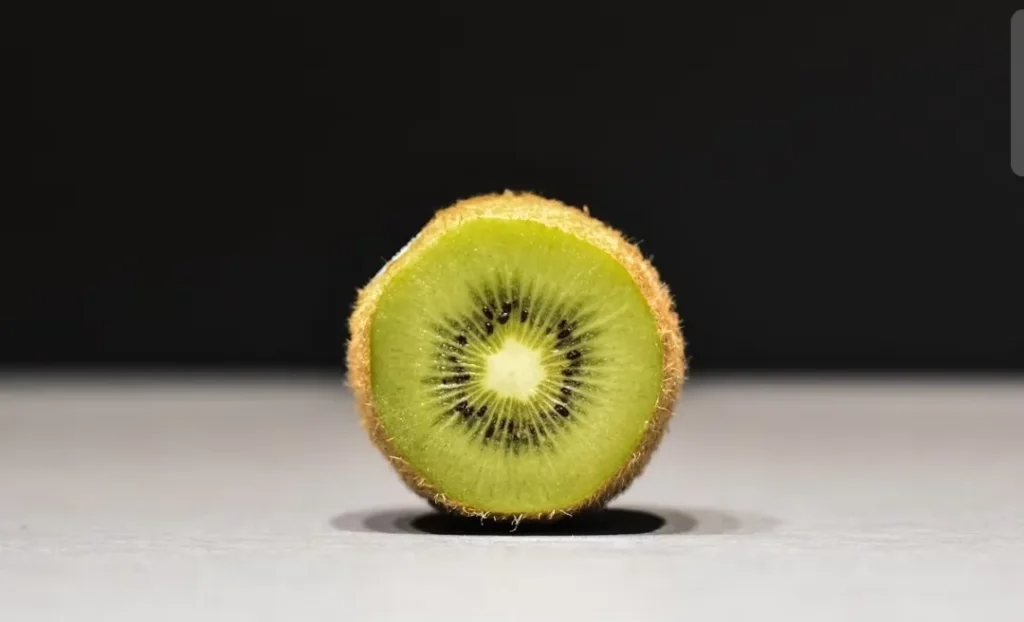Table of Contents

The kiwi, a small, fuzzy, brown fruit, is known for its vibrant green flesh and sweet-tart flavor. While many people enjoy its delectable interior, a lesser-known aspect is the kiwi peel. Often discarded or overlooked, the peel has garnered attention for its potential nutritional benefits and culinary uses. This article delves into the edibility of kiwi peel, exploring its nutritional profile, potential health benefits, culinary applications, and considerations for consumption.
Understanding Kiwi: A Brief Overview
Before we dive into the peel, it’s essential to understand the kiwi itself. Native to China, the kiwi fruit is now cultivated in several countries, including New Zealand, Italy, and the United States. Kiwi is rich in vitamins C, K, and E, fiber, and several antioxidants, making it a popular choice for health-conscious individuals.
The Kiwi Peel: An Underestimated Asset
When discussing the edibility of kiwi peel, it’s crucial to evaluate what this part of the fruit brings to the table—both literally and figuratively. Many people are unaware that kiwi peel is entirely edible, and in fact, it may possess several nutritional advantages over the fruit’s flesh.
Nutritional Profile of Kiwi Peel
Kiwi peel is often discarded without a second thought, but it contains a wealth of nutrients. Here’s a closer look at what this unassuming outer layer offers:
Vitamins and Minerals
- Vitamin C: Kiwi peel is an excellent source of vitamin C, which plays a crucial role in boosting immunity and promoting skin health. It helps in the synthesis of collagen and protects the body’s cells from oxidative stress.
- Dietary Fiber: The peel of the kiwi is higher in fiber than the flesh, contributing to digestive health. High fiber intake is associated with a lower risk of chronic diseases such as obesity, type 2 diabetes, and cardiovascular diseases.
- Antioxidants: Kiwi peel is rich in polyphenols and carotenoids, which have antioxidant properties. These compounds help combat oxidative stress and may reduce the risk of certain chronic diseases.
Calories and Other Nutrients
Interestingly, kiwi peel contains fewer calories compared to other edible peels, making it a low-calorie option for those looking to maintain or lose weight. In addition to vitamins, it provides minerals like potassium and magnesium, necessary for various bodily functions.

Health Benefits of Kiwi Peel
Incorporating kiwi peel into one’s diet can offer several health benefits, including:
1. Weight Management
Due to its high fiber content and low-calorie count, kiwi peel can be a valuable addition to a weight management plan. Fiber promotes satiety and can help individuals feel fuller for longer, potentially reducing overall calorie intake.
2. Improved Digestion
The dietary fiber found in kiwi peel aids in improving digestive health by promoting regular bowel movements and preventing constipation. Additionally, fiber supports the growth of beneficial gut bacteria, contributing to a healthy microbiome.
3. Antioxidant Protection
The antioxidants present in kiwi peel may help protect cells from damage caused by free radicals. This protective effect may lower the risk of chronic diseases such as cancer and heart disease.
4. Enhanced Skin Health
The vitamin C in kiwi peel can contribute to healthier skin by supporting collagen production and protecting against sun damage. Including the peel in one’s diet may result in improved skin elasticity and reduced signs of aging.
Culinary Uses of Kiwi Peel
While many people may not think to use kiwi peel in their cooking, this edible part of the fruit can add flavor, texture, and nutrients to various dishes. Here are some creative ways to incorporate kiwi peel into your meals:
1. Smoothies
Adding whole kiwis, including the peel, to your smoothies can boost their nutritional value. The peel adds a slight tartness and a unique texture to your blended drink.
2. Fruit Salads
Instead of discarding the peel, consider slicing whole kiwis (after washing them thoroughly) and adding them to fruit salads. This not only enhances the dish visually but also increases its fiber content.
3. Garnishes
Kiwi peel can be used as a visually appealing garnish for desserts, such as cakes or parfaits. The green color of the peel contrasts beautifully with other colorful fruits.
4. Jams and Jellies
For those interested in culinary experimentation, kiwi peel can be added to homemade jams and jellies. The peel’s flavor can enhance the overall taste while adding extra nutritional benefits.
5. Dehydrated Snacks
Dehydrating kiwi peel can make for a nutritious snack that retains its flavor and health benefits. Simply slice the peel and dehydrate it until crispy for a healthy addition to trail mixes or on-the-go snacking.
Considerations When Consuming Kiwi Peel
While kiwi peel is generally safe to eat, there are several considerations to keep in mind:
1. Washing
It’s crucial to wash kiwi thoroughly before consumption, as the skin may carry residues from pesticides or contaminants. Using a gentle brush under running water can effectively clean the surface without damaging the peel.
2. Allergies
Some individuals may be allergic to kiwi or its skin. Symptoms can include itching, swelling, or gastrointestinal distress. If you have a history of fruit allergies, it’s advisable to consult a healthcare professional before consuming kiwi peel.
3. Pesticide Residues
As with many fruits, the skin of kiwis might contain pesticide residues. Opting for organic kiwis can help mitigate exposure to these chemicals. If organic options aren’t available, washing the fruit thoroughly can reduce the amount of pesticide residue.
4. Textural Preference
The fuzzy texture of the kiwi peel can be off-putting to some. Consider your personal texture preferences before incorporating the peel into your diet. If you find the texture undesirable, try using it in blended recipes where the texture is less noticeable.

Comparing Kiwi Peel to Other Edible Peels
To better appreciate kiwi peel’s nutritional benefits, it is useful to compare it to other edible fruit skins. Here’s how kiwi peel stacks up against some common contenders:
1. Apple Peel
Apple peel is well-known for its fiber content and the antioxidant quercetin. However, kiwi peel typically has a higher concentration of vitamin C and dietary fiber per ounce, making it a formidable nutritional competitor.
2. Banana Peel
Banana peel is also edible and contains beneficial compounds, including fiber and potassium. However, the kiwi peel has a more complex flavor profile and is richer in certain vitamins such as vitamin C.
3. Orange Peel
Orange peel is high in fiber and contains flavonoids, which provide antioxidant benefits. However, kiwi peel is generally more advantageous in terms of vitamin C content. The unique tart flavor of kiwi peel also adds diversity when compared to the sweetness of orange peel.
Sustainability and Environmental Impact
In our increasingly eco-conscious world, every choice we make contributes to broader sustainability efforts. By consuming kiwi peel, we can reduce food waste, which is a significant concern in the food industry. Approximately one-third of all food produced globally is wasted, and much of this waste occurs during harvesting, production, and consumption stages.
Using the entire fruit, including the peel, is a step toward more sustainable eating practices. It aligns with the concept of ‘nose-to-tail’ eating, encouraging us to utilize every part of the fruit. This approach not only reduces waste but also maximizes the use of nutritional resources.
The kiwi peel, often overlooked and discarded, is indeed edible and presents numerous nutritional benefits and culinary applications. With higher fiber and vitamin C content than the fruit’s flesh, it offers substantial health advantages—ranging from improved digestion to enhanced skin health. By incorporating kiwi peel into your diet, you’re not only gaining an extra nutritional boost but also taking a step toward sustainable eating practices.
Whether you decide to add it to smoothies, salads, or creative culinary dishes, the kiwi peel is a testament to how we can appreciate every part of the food we consume. Next time you enjoy the sweet, tangy goodness of a kiwi, consider eating the peel to unlock its full potential.
You Might Like : New Study: Carrots May Be Key to Treating Type 2 Diabetes
